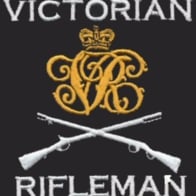yulzari
Staff Sergeant
This is an obituary of Lieutenant Ken Atkinson, a Royal Navy Sea Hurricane and Wildcat pilot and an account of actions off Norway in April 1945.

 www.tapatalk.com
www.tapatalk.com

British Militaria Forums-Lt Ken Atkinson (Fleet Air Arm Fighter Pilot; Arctic Convoys)
From The Daily Telegraph. Lt Ken Atkinson, who has died aged 100, was a Fleet Air Arm fighter pilot whose Sea Hurricane gained worldwide fame as an
